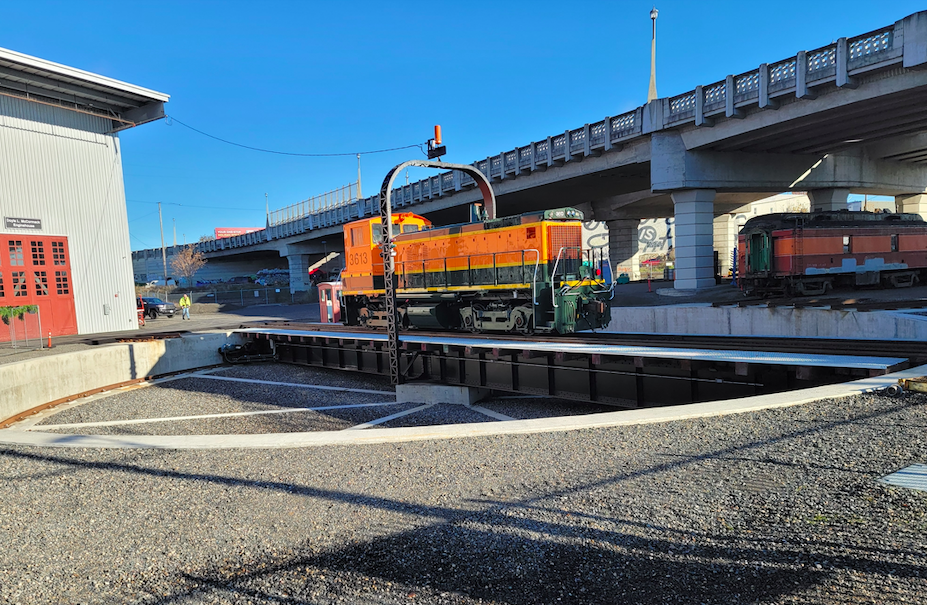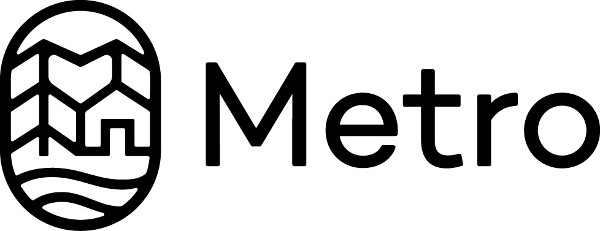Full steam ahead for the Oregon Rail Heritage Center
Published 4:30 am Tuesday, February 18, 2025
Compared to the Oregon Museum of Science and Industry, the nearby Oregon Rail Heritage Center is still relatively unknown.
Trending
Despite showcasing three restored city-owned historic steam locomotives year-round for more than 12 years, the working railway museum is best known for its annual Holiday Express excursions at the end of every year.
Rick Franklin plans to change that.
Franklin is the president of the Oregon Rail Heritage Foundation, the nonprofit organization that operates the center in inner Southeast Portland. He believes it should routinely attract, entertain and educate large crowds every month.
Trending
“OMSI did it by building exhibits and programs on science and industries. We can do the same thing with transportation and railroads,” Franklin told the Portland Tribune when discussing his plans for increasing attendance at the large steel and concrete structure at the east end of the Tilikum Crossing Bridge.
Franklin has been in the railway business for decades. He owns the Albany & Eastern Railroad Co. in Lebanon and the Rick Franklin Corporation, which keeps trains in the Northwest moving by clearing landslides and derailment. He spent much of January with workers in Corvallis clearing the freight cars that fell into the Mary River which the trestle collapsed.
“Kids love trains and there’s a little kid in all of us,” Franklin said.
Anyone who has visited the center understand its potential. The city’s steam locomotive are massive testaments to the glory days of their era. They include the Southern Pacific 4449 streamliner, built in 1941; the Spokane Portland and Seattle 700, built in 1938; and the Oregon Rail and Navigation 197, built in 1905. They were donated to Portland Parks & Recreation in 1958 but have been restored and are maintained by ORHC volunteers, many of whom are retired railroad employees.
More recently, the ORHF acquired the Mount Emily Shay #1, a 100-year-old logging locomotive that had been owned by the Oregon Historical Society. It is being restored now.
Other features include a recently-installed large underground “turntable” out front used to rotate steam locomotives, along with a number other locomotives, rail cars, and other railway equipment stored on the grounds.
After he became board president three years ago, Franklin has pushed to increase attendance. Last year was the most successful yet, with more than 5,100 people coming to board hundreds of train rides.
They were in addition to the many more who visited the center just to see its collection.
The next step to increasing attendance has already started. The ORHF is buying most of the historic Oregon Pacific Railroad, which is based in Milwaukie. The purchase includes approximately five miles of existing rail lines that run from the center through Oaks Park in Sellwood to Milwaukie. That is the route of the center’s seasonal excursions, including the Holiday Express, and its acquisition ensures they will continue well into the future.
“This purchase will guarantee we will be able to continue our historic steam locomotive excursions for future generations, and even increase them,” ORHC Executive director Renee Devereux said. “If the track sold to someone who didn’t want excursions, then we would be in a perilous position.”
According to Devereux, the ORHF will soon kick off a fundraising campaign to complete the $3 million purchase. Also to be acquired are the OPR’s yard and shop in Milwaukie, plus three working locomotives and more rail equipment.
In addition to preserving the excursion route, Franklin said the purchase is necessary because the center has outgrown its current building and needs to relocate some of its collection to create space for rotating displays and educational opportunities. The existing volunteers want to pass their knowledge about maintaining historic locomotives to the younger generations who will eventually care for them.
Franklin is also talking about adding a mezzanine inside the center that will greatly increase the display area. The building, which opened in September 2012, was originally designed for it, he said.
Another opportunity to increase attendance will be National Train Day 2025 on May 10. It is an annual celebration created by Amtrak in 2008 to teach the public about the history of trains and the benefits of rail travel. The ORHF is planning numerous special events at the center, including hopefully steaming up the SP 4449 and three other locomotives. Admission will be free.
Those who come will be able to admire the complete collection and see where the tracks being purchased connect to the center. They are a small part of a larger network of lines originally built in 1904 by the Oregon Water Power and Railway Company to connect the region’s towns and attractions with a passenger trolley. The lines evolved to focus on freight trains over the years.
Dick Samuels, who owned a steel scrap company, eventually bought the five-mile line between Portland Milwaukie and continued the freight service. In 1993, he began running an excursion train known as Samtrak (named after himself as well as a play on Amtrak, the national passenger railroad company) from OMSI to Sellwood. When they ended, he worked with the ORHC on its excursions on the same route.
After Samuels passed away, his sons began negotiating the sale of the route to the ORHC, Devereux said. If the fundraising drive is successful, it will be completed in October 2026.
The ORHC is located at 2250 S.E. Water Ave. Because it is located near the OMSI/Southeast Water station, it can easily be reached by transit, including TriMet MAX and bus lines, and the central eastside Portland Streetcar.
The center is free and open to the public most days. More information is available at orhf.org, including how to donate to the OPR purchase fundraising campaign.
“OMSI did it by building exhibits and programs on science and industries. We can do the same thing with transportation and railroads.”
Rick Franklin, president, Oregon Rail Heritage Foundation








